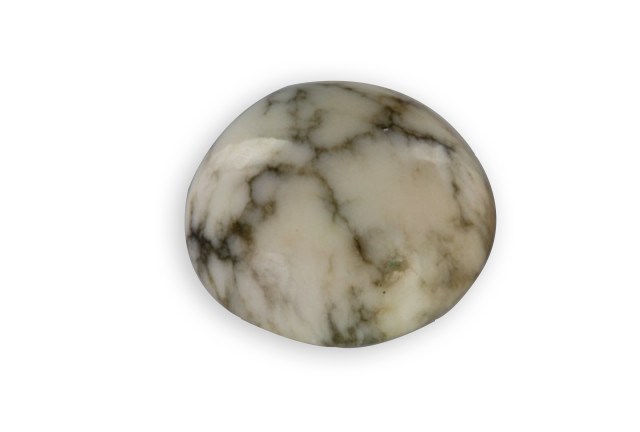
Libra
Je vous emmène à travers mes vidéos découvrir mon expérience acquise depuis plus de 30 ans a silloner le globe entier à la recherche de pierres précieuses, de rencontre mémorables mais aussi de difficulté parfois …
actualités
Categories

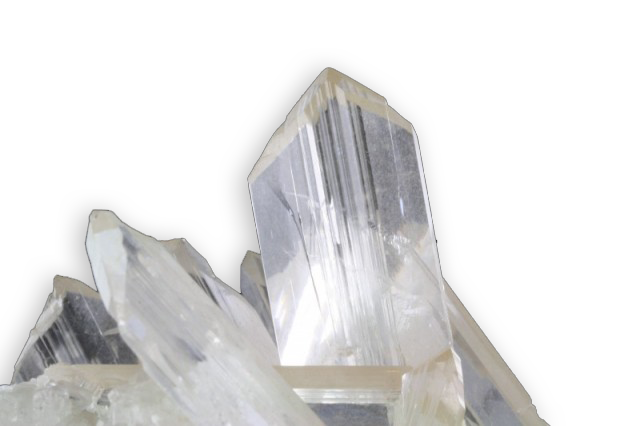
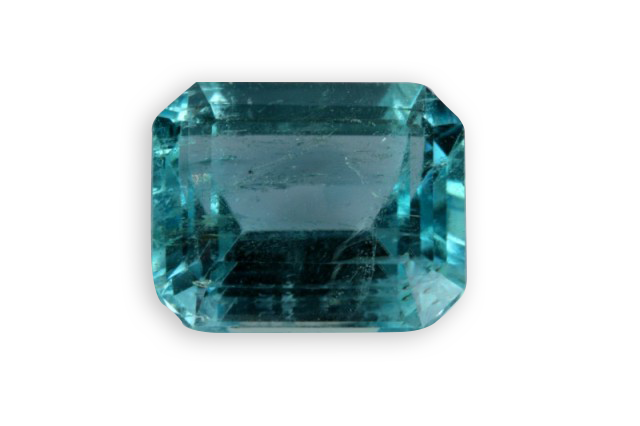
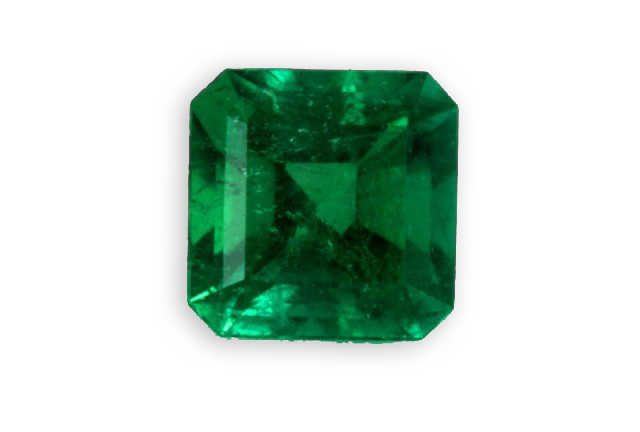
emerald
This is the green variety of beryl, the more valuable because of its unparalleled color, its name comes from the Greek “smaragdos” derived from an ancient Semitic word meaning “shining”. This is one of the gems most sought after, when the green the more sustained
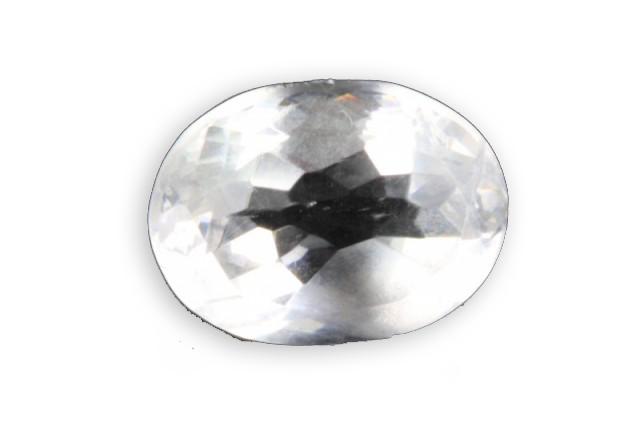
orbicular diorite
Successively described and analyzed by many specialists since 1851, its a mixture of feldspar, hornblende, biotite (black mica) and quartz. It is considered an intrusive rock with a texture similar to “granite”, the term “granite” designating a hard stone used in civil engineering. The matrix


